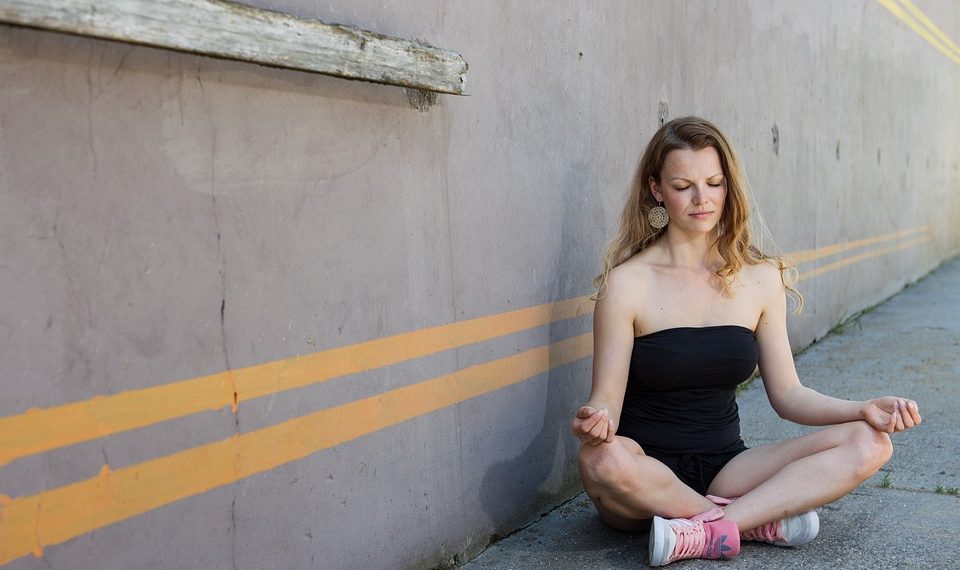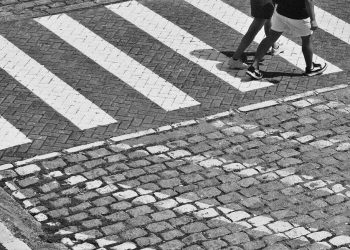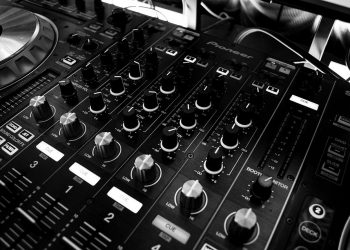Have you ever experienced that tingling sensation in your legs after sitting for too long? Or maybe you’ve felt a bit of heaviness after a long day on your feet? You’re not alone. Poor leg circulation is a common issue, especially in our fast-paced, sedentary lifestyles. But here’s a silver lining: yoga can be a game-changer for improving circulation in your legs. Let’s dive into five specific yoga poses that can help boost blood flow and rejuvenate your legs instantly.
Contents
The Importance of Leg Circulation
Before we jump into the poses, let’s take a moment to understand why leg circulation is so crucial. Proper circulation ensures that your muscles receive the oxygen and nutrients they need to function effectively. It also helps remove waste products, which can lead to fatigue and discomfort. Poor circulation can result in various issues, from swelling and cramps to more severe conditions like varicose veins.
Why Yoga?
Yoga is more than just a physical practice; it’s a holistic approach to wellness. Certain yoga poses can stimulate blood flow, improve flexibility, and even alleviate stress. Plus, it’s accessible to everyone—whether you’re a seasoned yogi or a complete novice. So, let’s get into the poses that can help you feel lighter and more energized.
1. Legs-Up-the-Wall Pose (Viparita Karani)
How to Do It:
- Find a clear wall space.
- Sit sideways against the wall, then gently swing your legs up while lowering your back to the floor.
- Your body should form an “L” shape.
- Relax your arms at your sides or place them on your belly.
- Stay in this position for 5-15 minutes.
Benefits:
This pose is excellent for reversing blood flow. By elevating your legs, you allow gravity to assist in moving blood back toward your heart. It can also relieve tension in the lower back and improve overall relaxation.
Pros and Cons:
- Pros: Simple to do, requires no special equipment, and is highly restorative.
- Cons: May be uncomfortable for those with tight hamstrings or lower back issues.
2. Downward-Facing Dog (Adho Mukha Svanasana)
How to Do It:
- Start on your hands and knees.
- Spread your fingers wide and tuck your toes under.
- Lift your hips up and back, straightening your legs and forming an inverted “V.”
- Keep your head between your arms, and breathe deeply.
Benefits:
This pose encourages blood flow to your legs and can help relieve fatigue. It also stretches the calves, hamstrings, and spine, making it a fantastic all-around pose for leg health.
Pros and Cons:
- Pros: Great for overall body strength and flexibility.
- Cons: Not suitable for those with wrist or shoulder injuries.
3. Chair Pose (Utkatasana)
How to Do It:
- Stand with your feet together.
- Inhale and raise your arms overhead.
- Exhale and bend your knees, lowering your hips as if sitting in a chair.
- Keep your back straight and your chest lifted.
- Hold for 30 seconds to a minute.
Benefits:
Chair Pose builds strength in your legs and stimulates circulation. The engagement of your thighs encourages blood flow, and the deep breathing helps oxygenate your body.
Pros and Cons:
- Pros: Strengthens legs and core while enhancing endurance.
- Cons: Can be challenging for beginners or those with knee problems.
4. Reclined Hand-to-Big-Toe Pose (Supta Padangusthasana)
How to Do It:
- Lie on your back with your legs extended.
- Bend your right knee and place a strap or towel around the arch of your foot.
- Straighten your right leg toward the ceiling while keeping your left leg on the ground.
- Hold for 30 seconds and switch sides.
Benefits:
This pose stretches the hamstrings and calves, promoting blood flow and flexibility. It’s particularly beneficial for those who spend long hours sitting or standing.
Pros and Cons:
- Pros: Excellent for hamstring flexibility and leg circulation.
- Cons: May require a strap or towel for beginners.
5. Standing Forward Bend (Uttanasana)
How to Do It:
- Stand with your feet hip-width apart.
- Inhale and reach your arms overhead.
- Exhale and hinge at your hips, folding forward.
- Let your head hang heavy and relax your neck.
- Hold for 30 seconds to 1 minute.
Benefits:
This pose encourages blood flow to the legs while stretching the hamstrings and calves. It also calms the mind and relieves stress, making it a perfect end-of-day pose.
Pros and Cons:
- Pros: Easy to do anywhere and highly effective.
- Cons: Those with lower back issues should approach cautiously.
FAQs
1. How often should I practice these poses for better circulation?
For best results, aim to practice these poses 3-5 times a week. Even a few minutes daily can make a significant difference.
2. Can yoga help with varicose veins?
While yoga can improve circulation and reduce symptoms, it’s essential to consult a healthcare provider for specific conditions like varicose veins.
3. Is it safe to do these poses if I have existing leg pain?
If you have chronic pain or an existing condition, consult a healthcare professional before starting any new exercise regimen, including yoga.
4. Can I do these poses if I’m a beginner?
Absolutely! These poses can be modified to suit your level, and they’re great for building strength and flexibility over time.
Conclusion
Incorporating these yoga poses into your routine can significantly enhance your leg circulation, leaving you feeling lighter and more energized. Whether you choose to practice them in the morning to kickstart your day or in the evening to unwind, the benefits are undeniable.
But let’s be real: yoga is just one piece of the puzzle. Staying active, maintaining a balanced diet, and hydrating are also crucial for optimal circulation. So, roll out your mat, take a deep breath, and give your legs the love they deserve.
This article is for educational purposes only and is not a substitute for professional medical advice. Always consult a qualified healthcare provider before making changes to your health routine.
References
-
Cramer, H., Lauche, R., Langhorst, J., & Dobos, G. (2013). Yoga for the treatment of chronic pain conditions: A systematic review and meta-analysis. Pain Research and Management, 18(5), 235-241. https://doi.org/10.1155/2013/184507
-
Mayo Clinic. (2021). Varicose veins: Symptoms and causes. Retrieved from https://www.mayoclinic.org/diseases-conditions/varicose-veins/symptoms-causes/syc-20353473
-
National Institutes of Health. (2020). Physical activity and health: A report of the surgeon general. Retrieved from https://www.ncbi.nlm.nih.gov/books/NBK44203/
Get Your FREE Natural Health Guide!
Subscribe now and receive our exclusive ebook packed with natural health tips, practical wellness advice, and easy lifestyle changes — delivered straight to your inbox.















